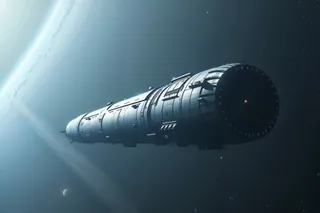Engineers at NASA’s Johnson Space Center in Houston are busy creating tear-proof space suits, testing the heat shield on the Orion Crew Exploration Vehicle (successor to the old Apollo capsule), and road testing six-wheel-drive SUVs. Although the buzz on America’s planned return to the moon has faded to a low hum, NASA continues to prepare at a breakneck pace for a manned lunar landing by 2020, with a permanent base to follow. The race, it seems, is on.
To live, explore, and experiment on the moon means we need to plot—far more intimately than before—the lay of the land. NASA’s Lunar Reconnaissance Orbiter (LRO), slated to launch this fall, will pave the way by analyzing the composition of the soil, the temperature, and unexplored regions of the moon. Circling the poles, the LRO will profile mineral abundances, scout potential landing sites, and look for water-ice deposits, imaging the terrain to ...














